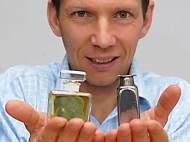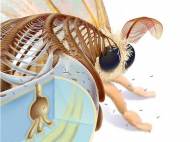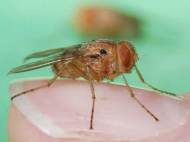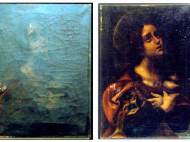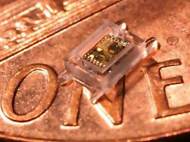Teaching robots to move more human-like
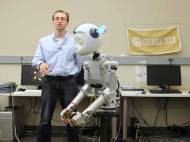 When people communicate, the way they move has as much to do with what they’re saying as the words that come out of their mouths. Researchers at the Georgia Institute of Technology found that when robots move in a more human-like fashion, with one movement leading into the next, that people can not only better… »
When people communicate, the way they move has as much to do with what they’re saying as the words that come out of their mouths. Researchers at the Georgia Institute of Technology found that when robots move in a more human-like fashion, with one movement leading into the next, that people can not only better… »


